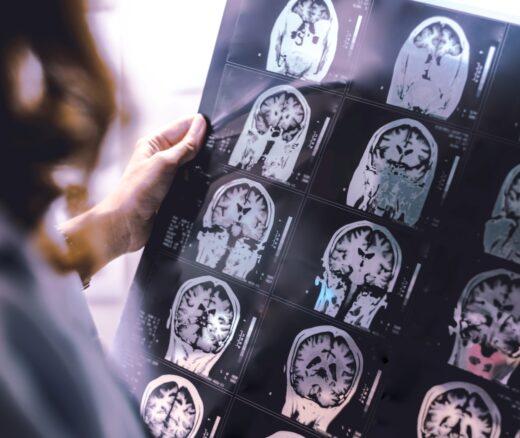
When Medicare Sent Patients Home Sooner, Mary Naylor Built the Safety Net
Her Transitional Care Model Shows How Nurse-Led Care Can Keep Older Adults Out of the Hospital and Change Care Worldwide
Improving Care for Older Adults
In Their Own Words

The following excerpt is from a First Opinion published on STAT News on September 29, 2025. It is the first of three installments in a new column, Neurotransmissions, which STAT invited Jason to write.
Dementia is a big problem.
An estimated 7.2 million Americans are living with it, and in the coming decades, there will be even more — as many as 13.8 million by 2060. The diseases that cause dementia are diseases of aging and, in America and other industrialized nations, over the last century, living past 70, even 75, has become the norm. A recent report estimates the lifetime risk of dementia from age 55 to 90 is 42%, and much of this risk unfolds after 75.
These figures are a resounding call to action to tackle this big problem. To do this, Americans have to start talking about dementia and the common diseases that cause it, diseases such as Alzheimer’s and Lewy body. We also have to start learning about newly discovered diseases, such as the oddly named LATE, the acronym for limbic-predominant age-related TDP-43 encephalopathy. Though little known even among physicians, it is perhaps one of the most common causes of dementia in people over 75.
The more we talk, debate, even sometimes argue, the more we can live well with a mind altered by these progressive, disabling brain diseases. With this inaugural essay of “Neurotransmissions,” my new STAT+ column about the vast problem of dementia, I step up to this task. Essays will draw on stories from my clinical practice, the latest research, interviews with experts, and historical and cultural studies to examine the personal, local, and national solutions we need to do this.
Read the full First Opinion here.


Her Transitional Care Model Shows How Nurse-Led Care Can Keep Older Adults Out of the Hospital and Change Care Worldwide

Direct-to-Consumer Alzheimer’s Tests Risk False Positives, Privacy Breaches, and Discrimination, LDI Fellow Warns, While Lacking Strong Accuracy and Much More

New Therapies Inspire Hope, Even as Access and Treatment Risks Continue to Challenge Patients and Providers

Penn LDI Senior Fellow Yong Chen Is an MPI in the 10-Institution NIA Undertaking

Precision Diagnostics Give Patients Clearer Answers About What Drives Cognitive Impairment

Findings Suggest That Improving Post-Acute Care Means Looking Beyond Caseloads to Nursing Home Quality